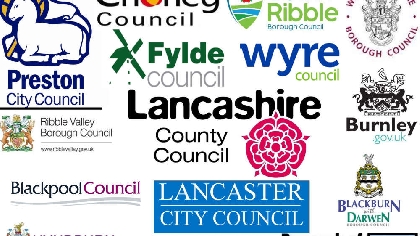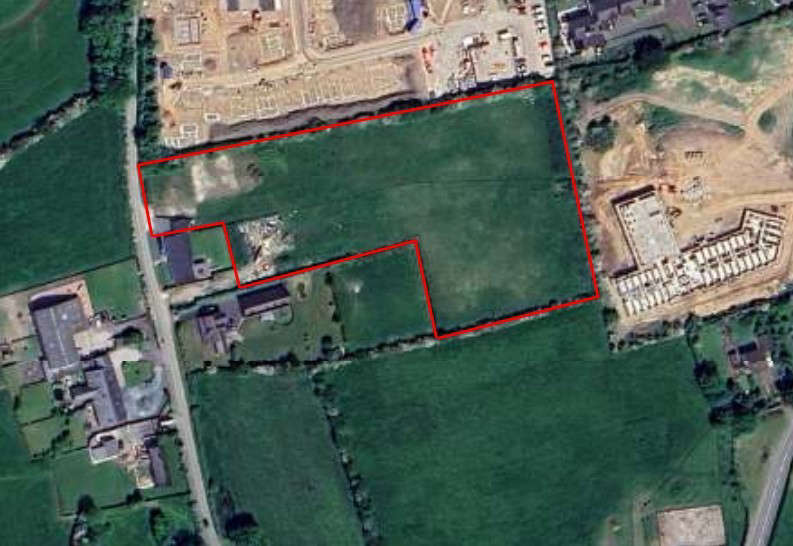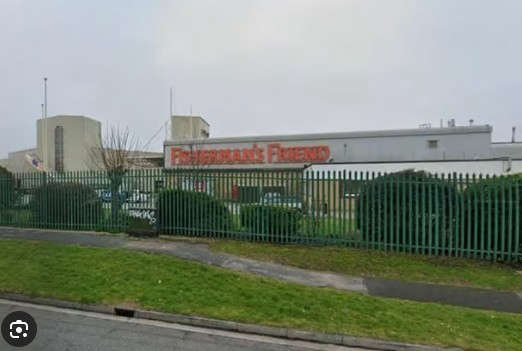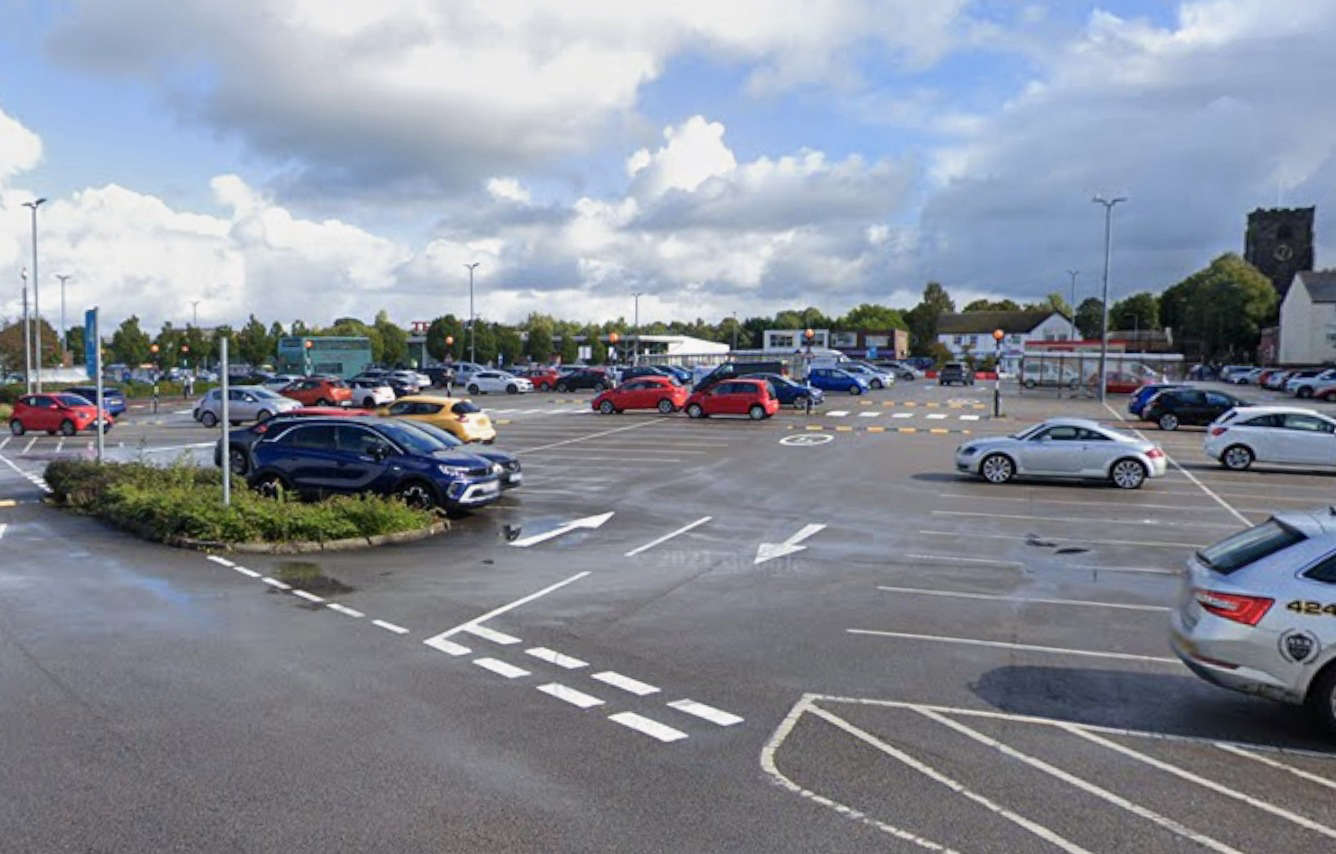
Lancashire’s 15 main councils have been urged to work together in order to agree a vision for what will replace them when they are all abolished.
That was the overarching message from the government in response to the county’s initial thoughts on how to reshape the local authority landscape.
Council leaders had to submit an “interim plan” back in March in answer to a call from ministers to set out how they see the future of local government in Lancashire after a radical overhaul that will result in the creation of just a handful of new, standalone authorities for the entire county.
In a “feedback” letter from the Ministry of Housing, Communities and Local Government – seen by the Local Democracy Reporting Service (LDRS) – the county’s constituent councils have been told “effective collaboration” between them will be “crucial” to the ongoing process, ahead of a deadline for final proposals in November.
“We would encourage you to continue to build strong relationships and agree ways of working, including around effective data sharing,” the correspondence advises, noting the need to provide “evidence” for any suggestions that are ultimately put forward.
It also presses councils to consider how any proposed changes would “deliver high-quality and sustainable public services” – and to focus on the potential implications for adult and children’s social care.
The government plans to end the current ‘two-tier’ system, whereby responsibilities are split in most parts of Lancashire between the county council and the 12 more local, district authorities – like Preston, Chorley and Burnley.
A so-called ‘unitary’ model – already in operation in Blackpool and Blackburn with Darwen, where a single council delivers all local authority services in those two areas – would then be rolled out county-wide, via the creation of just a few new authorities covering larger patches than the traditional council geographies.
However, that prospect – which has been mooted several times over the last decade – has long proved a divisive one in Lancashire, riven with wrangles over which areas should merge in order to form the new set-up.
To that end, Lancashire’s leaders were able to agree only a response to the government that was largely devoid of definitive ideas, in which they laid out scenarios for anything between one and five new councils – acknowledging that there was not yet any “consensus” between them on the preferred option and admitting that some areas did not want to see any change at all.
The LDRS understands government mandarins recently advised Lancashire council leaders on a conference call that the days of their existing authorities are definitely numbered – and that the planned overhaul will be complete before the next general election.
That sentiment seems to put paid to the chance of Lancashire being allowed to maintain the status quo by holding on to its 15 councils – a position favoured by the new Reform UK leader of Lancashire County Council, Stephen Atkinson.
He met local government minister Jim McMahon in London on Thursday for a private discussion over his party’s push for referendums on council reorganisation and the equally contentious issue of an elected mayor for the county.
Making your mind up
In the feedback correspondence regarding their deliberately non-specific proposal for how the council shake-up should shake down, leaders were reminded that the government’s preference for new council areas to represent at least 500,000 residents was “a guiding principle, not a hard target”.
That will be an encouraging sign for those councils that have already made public their own preferences – all of which so far propose the creation of four or five new authorities and whose individual populations would come in below that threshold, given that Lancashire is home to 1.5 million people.
Preston and Ribble Valley have each argued for a tie-up between themselves and Lancaster, while Chorley and South Ribble want to join forces with each other and West Lancashire – scenarios that would all necessitate the establishment of at least four new councils county-wide.
Meanwhile, Burnley has expressed a desire for five new councils, with an additional specification – not included in the leaders’ joint interim letter to government – that the town must not end up in the same authority area as Blackburn with Darwen.
Pendle, having signed the collective letter, also wrote separately to ministers to stress that it believed only a four or five-council arrangement would ensure “local democracy” was preserved.
When it fired the starting gun on reorganisation in December, the government said it wanted Lancashire’s councils to make “every effort” to come with a single proposal for the whole county, but recognised that it may have to receive – and so adjudicate upon – multiple suggestions.
Meanwhile, 60 percent of business leaders surveyed at an event staged by the North and Western Lancashire Chamber of Commerce earlier this month voted for the creation of just three new councils for the county – which would chime with the government’s population size guide – and the organisation now says it will now seek the opinions of the rest of its membership.
Making your case
Beyond issues of identity and democracy, the redrawing of the local government map could also have a profound impact on major services.
The government feedback letter asks Lancashire’s councils to consider a series of questions about the service implications of any reconfiguration proposals that are put forward – highlighting, in particular, the possible impact on adult and children’s social care provision.
Currently, those perennially under-pressure services are delivered by the three ‘top-tier’ authorities – Lancashire County Council, across most of the area, and Blackpool and Blackburn with Darwen councils in their own localities.
MHCLG says councils should assess the potential impacts of “disaggregating services” – in other words, creating more adult and social care departments in Lancashire than the trio that already exist.
A report by the County Councils Network in 2020 warned of the possibility of multiple new councils in reconfigured areas “competing over scarce care providers, potentially destabilising local adult social care markets”.
The government also asks for consideration to be given to whether there is a “differential impact on the number of care users and infrastructure to support them” under the different options for the county’s new council structure – and floats the idea of “joint working” between the new authorities for the delivery of social care.
Similarly, it poses the question of how services for children with special educational needs and disabilities (SEND) might be affected by the distribution of funds within a revamped council set-up – and queries the ability of any new authorities to ensure access to “appropriate support” is maintained.
Counting the cost
The government’s feedback raises the prospect of “efficiency saving opportunities” being realised by the forthcoming restructure.
That echoes comments from local government minister Jim McMahon who said in February that Lancashire taxpayers were losing out as a result of what he described as the “two-tier premium” created by the current arrangements.
However, as the LDRS later revealed, initial, high-level analysis suggests the creation of four new councils in Lancashire could be £11m a year more costly to run than the 15 that currently exist.
That is because each of them would have to deliver all local services in their area, thus giving them more responsibilities than the majority of those that would be axed as part of the change – namely, the dozen districts in the county council area.
Who does what?
Under the current two-tier split, Lancashire County Council is responsible for services including:
***adult and children’s social care;
***highways and transport;
***schools;
***economic growth;
***waste processing;
***county-level strategic planning.
Meanwhile, the 12 district councils take care of:
***most local planning applications;
***housing;
***licensing;
***parks;
***waste collection;
***support services.

 Blackburn with Darwen Council launch homeless strategy consultation
Blackburn with Darwen Council launch homeless strategy consultation
 Bus firm wants ‘honest conversation’ as it launches second consultation
Bus firm wants ‘honest conversation’ as it launches second consultation
 Plans for 38 new homes proposed for Over Wyre village
Plans for 38 new homes proposed for Over Wyre village
 Fisherman’s Friend firm pushing plans forward to get new factory built
Fisherman’s Friend firm pushing plans forward to get new factory built
 Burger King approved for Leyland supermarket carpark
Burger King approved for Leyland supermarket carpark








